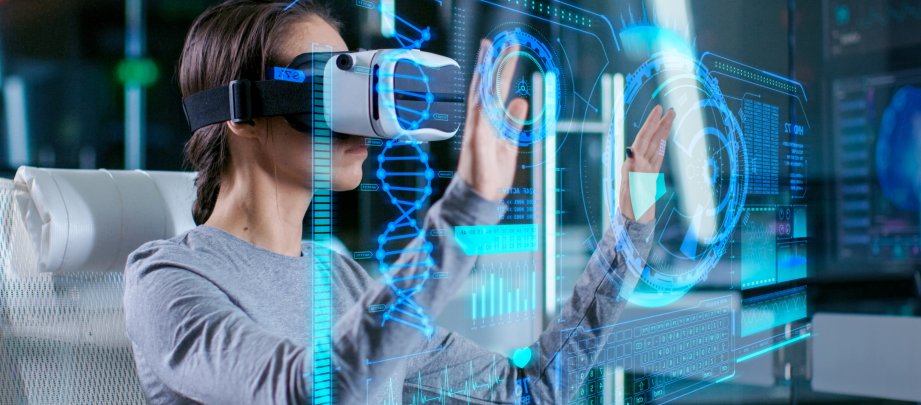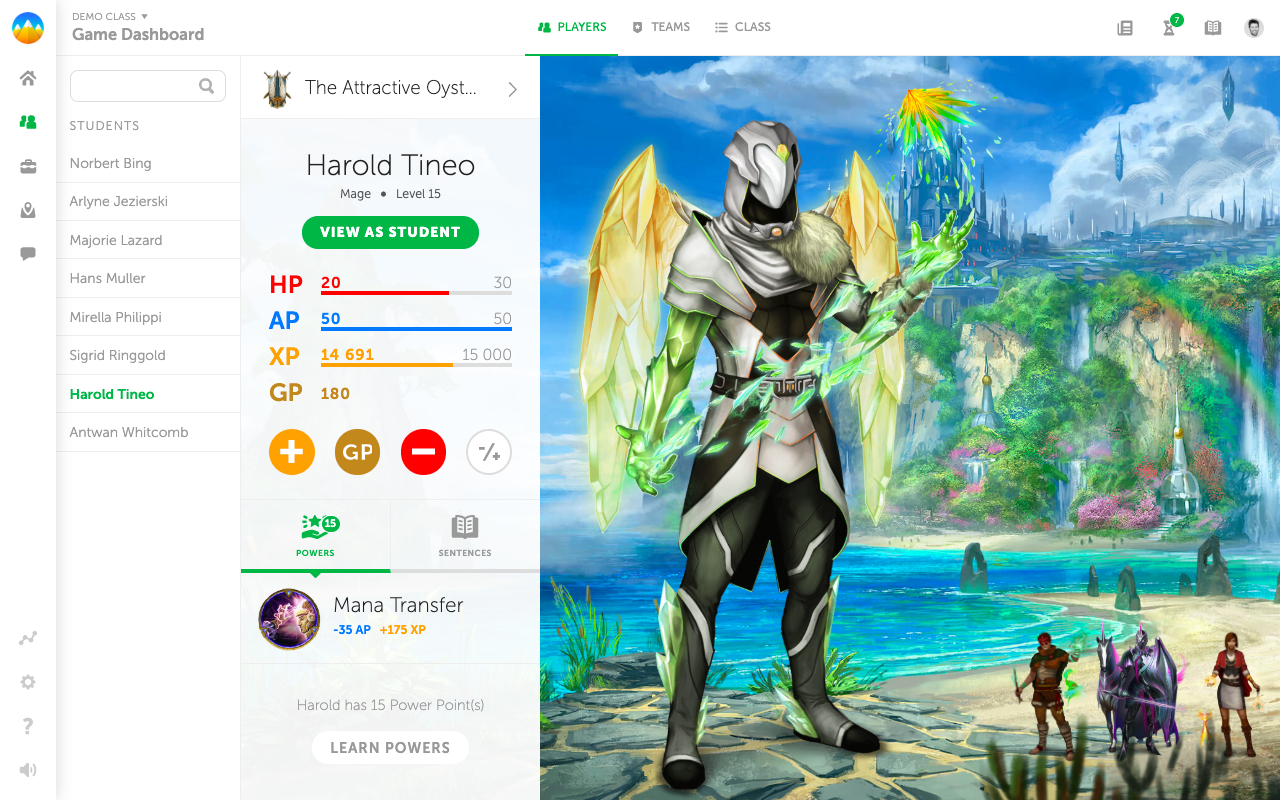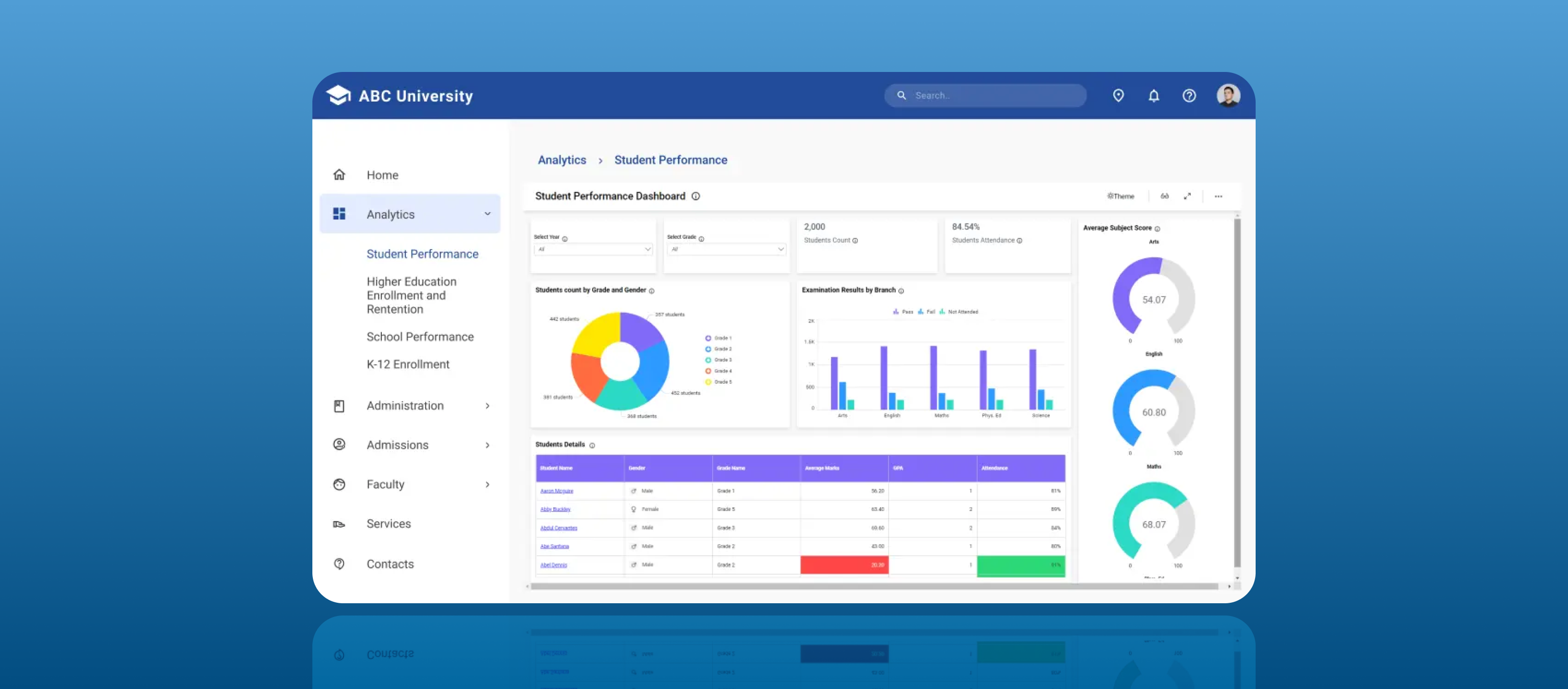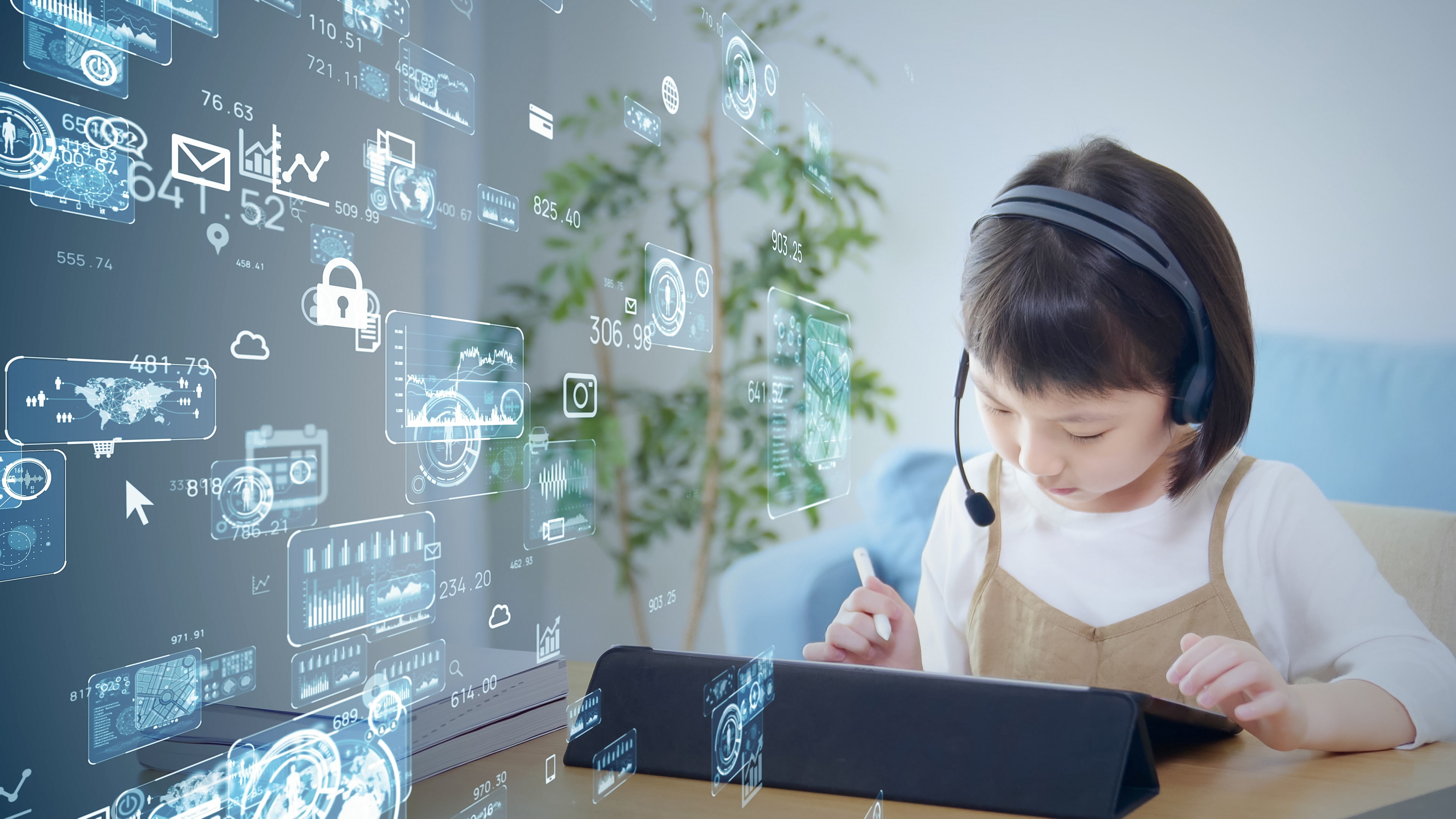Education is undergoing a remarkable transformation, thanks to the rapid evolution of educational technology (EdTech). From personalized learning experiences to immersive digital tools, EdTech is reshaping how educators teach and students learn. In 2024, classrooms are increasingly becoming innovation hubs, blending traditional methods with cutting-edge technology. Let’s explore the top EdTech trends significantly impacting education in the coming year.
Artificial Intelligence in Education
Artificial intelligence (AI) has taken center stage in education, offering tools and solutions that enhance both teaching and learning processes. AI-powered platforms analyze student performance data to identify strengths, weaknesses, and learning preferences. This enables educators to deliver personalized content tailored to each student’s needs.
- Personalized Learning: AI-driven learning management systems adapt to students' progress, ensuring they receive challenges at the right difficulty level.
- AI Tutors: Tools like ChatGPT are increasingly being used as virtual tutors, providing instant explanations and assistance for homework and concepts.
- Administrative Efficiency: AI automates administrative tasks, such as grading and attendance tracking, freeing up educators to focus more on teaching.
1. Immersive Learning with AR and VR

Augmented Reality (AR) and Virtual Reality (VR) are revolutionizing classrooms by creating immersive learning experiences. These technologies make abstract concepts tangible and foster deeper engagement.
- Virtual Field Trips: Students can explore ancient civilizations, dive into the depths of the ocean, or even travel to space without leaving their classrooms.
- Hands-on Learning: Medical students can practice surgeries in a risk-free virtual environment, while engineering students can design and test virtual prototypes.
- Interactive Storytelling: AR and VR tools help students immerse themselves in historical events, literary works, or scientific phenomena.
2. Gamification of Education

Gamification continues to gain traction as a powerful tool for improving student engagement and motivation. By incorporating game-like elements into the learning process, educators create a more dynamic and enjoyable experience.
- Badges and Rewards: Platforms like Classcraft allow teachers to reward students with points, badges, or virtual currency for completing tasks and exhibiting good behavior.
- Educational Games: Games like Minecraft: Education Edition teach coding, problem-solving, and collaboration skills in a fun and interactive way.
- Competition and Collaboration: Leaderboards and group challenges encourage healthy competition and teamwork among students.
3. The Rise of Hybrid Learning Models

The COVID-19 pandemic accelerated the adoption of hybrid learning, and it remains a prominent trend in 2024. Hybrid models combine in-person and online learning, offering flexibility and inclusivity.
- Flipped Classrooms: Students access lecture materials online before class, allowing classroom time to be used for discussions and hands-on activities.
- Asynchronous Learning: Platforms like Khan Academy and Coursera enable students to learn at their own pace, making education more accessible to diverse learners.
- Global Classrooms: Hybrid learning facilitates collaboration with peers and experts worldwide, broadening students’ perspectives.
4. Focus on Digital Literacy and Cybersecurity
With increasing reliance on technology, teaching digital literacy and cybersecurity skills has become essential. Educators are preparing students to navigate the digital world responsibly and safely.
- Critical Thinking Online: Lessons on identifying credible sources and avoiding misinformation are becoming standard.
- Cybersecurity Awareness: Students learn about strong passwords, recognizing phishing attempts, and protecting their digital identities.
- Coding and STEM Skills: Coding programs, robotics kits, and maker spaces are equipping students with skills for the tech-driven future.
5. Data-Driven Decision Making

Big data is transforming education by providing actionable insights into student learning and institutional performance. Data analytics tools help educators and administrators make informed decisions.
- Student Performance Tracking: Platforms like Edmodo and Google Classroom provide real-time analytics on student progress, enabling timely interventions.
- Curriculum Improvement: Analyzing test results and feedback helps refine teaching materials and methods.
- Predictive Analytics: Schools can predict dropout risks and tailor support for at-risk students using data insights.
6. EdTech for Inclusivity and Accessibility
Inclusivity is at the forefront of modern education, and EdTech is playing a vital role in creating accessible learning environments for all students.
- Assistive Technologies: Tools like speech-to-text software, screen readers, and Braille displays support students with disabilities.
- Language Support: Translation tools and language-learning apps help non-native speakers thrive in diverse classrooms.
- Differentiated Instruction: Adaptive learning platforms cater to varying learning styles and paces, ensuring no student is left behind.
7. Sustainability in Education

Sustainability is a growing concern, and EdTech is helping schools reduce their environmental footprint while promoting eco-consciousness among students.
- Paperless Classrooms: Digital textbooks, assignments, and assessments minimize paper usage.
- Energy-Efficient Technologies: Solar-powered devices and energy-saving infrastructure are becoming more common in schools.
- Sustainability Education: Apps and simulations teach students about climate change, conservation, and sustainable practices.
8. Microlearning and Bite-Sized Content
Microlearning is gaining popularity for its ability to deliver focused, digestible content. This approach is particularly effective for busy students and lifelong learners.
- Short Videos and Tutorials: Platforms like TikTok and YouTube are increasingly being used for educational content.
- Mobile Learning: Apps like Duolingo and Quizlet allow students to learn on the go, making education more accessible.
- Focus on Retention: Bite-sized lessons improve knowledge retention by avoiding information overload.
9. Blockchain in Education
Blockchain technology is emerging as a game-changer in managing educational records and credentials.
- Secure Credentials: Blockchain ensures tamper-proof certificates and diplomas, simplifying verification processes for employers and institutions.
- Student Portfolios: Blockchain-based portfolios provide lifelong access to academic achievements and skills.
- Decentralized Learning Platforms: Blockchain enables transparent, decentralized access to educational resources.
Conclusion
The integration of EdTech in classrooms is revolutionizing education, creating more engaging, inclusive, and effective learning environments. From AI-driven personalization to immersive AR and VR experiences, these trends are shaping the future of education in exciting ways. As we embrace these innovations, it’s crucial to ensure that technology serves as a tool to enhance learning while prioritizing accessibility and inclusivity. The classroom of 2024 is a dynamic space where technology and pedagogy work hand in hand to empower students and educators alike.
We assisted in WordPress development for ELC Tutoring and School Owls integrating AI-powered features to enhance user experience, streamline operations, and deliver personalized educational solutions tailored to students' unique needs.
Are you seeking the ultimate strategy for your business? Are you ready to bring your vision to life? Reach out to our team of experts today. We offer personalized consultations to identify the most effective plan for your unique goals.
With our wealth of experience, we can help propel your business to new heights. Contact us now to embark on your journey to success and prosperity




